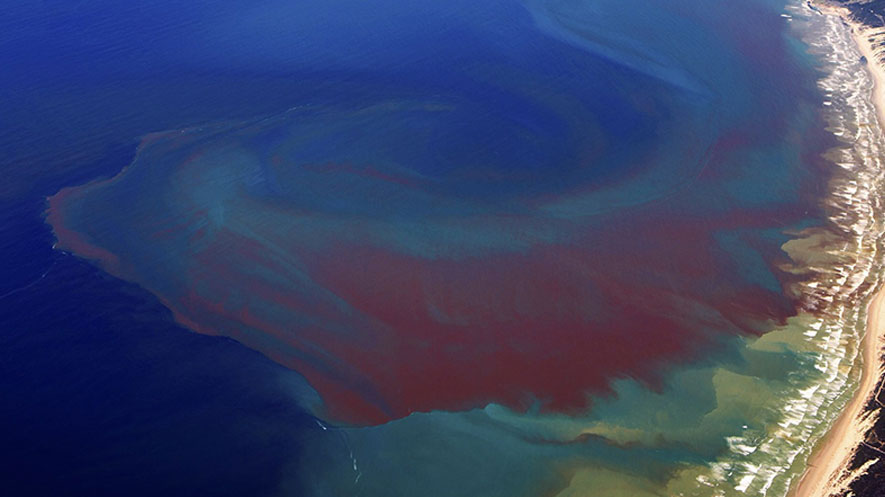As if all of the extra nutrients coming from land aren’t enough of a threat to our fisheries, proposals for offshore finfish aquaculture farms are now in the works. If realized, these proposals would place large cage-culture fish aquaculture operations in the Gulf of Mexico, off the Florida coast. Among the many other concerns about offshore finfish aquaculture, introducing nutrients into the environment is a top concern in this region.
Red tides are already greatly exacerbated by excess nutrients from land-based human activities. Fish farms create a high amount of waste, adding nutrients to the waters in which they are placed. These additional nutrients contribute to algae blooms and environmental degradation. Although the standard approach is to place offshore fish cages in areas with moderate currents so that the wastewater is carried away from the cage, the dilution of this waste does not remove it from the system. BTT is concerned that offshore fish cages will contribute to the issue of excessive nutrients. This is especially true given that red tide blooms typically begin in an offshore environment that is normally nutrient-limited. In addition to the potential effect of more nutrients in a red tide zone, what happens when a red tide occurs and kills fish in offshore fish cages? Such a high density of dead fish is an environmental threat.
The last thing we need off Florida’s Gulf coast is more fuel to the red tide fire.




